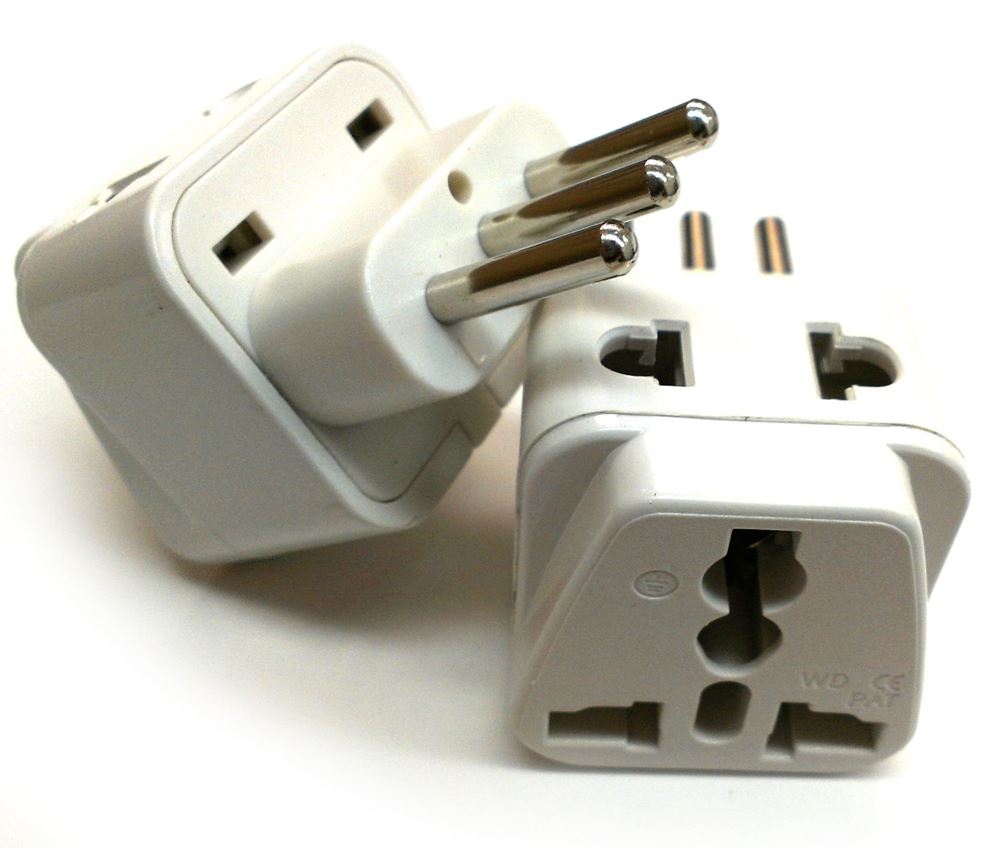

Articles
What Electrical Adapter Do I Need For Italy
Modified: January 6, 2024
"Discover the essential articles you need for your trip to Italy, including the right electrical adapter for your devices. Ensure a hassle-free experience with our expert advice."
(Many of the links in this article redirect to a specific reviewed product. Your purchase of these products through affiliate links helps to generate commission for Storables.com, at no extra cost. Learn more)
Introduction
Planning a trip to Italy? One important factor to consider when traveling internationally is the compatibility of your electronic devices with the electrical outlets in your destination country. Italy, like many other countries, has its own unique electrical system, which means you will need a specific type of adapter to use your devices.
In this article, we will guide you through the different types of electrical adapters you may need for Italy, as well as provide important information regarding voltage and frequency. By the end, you will have a clear understanding of the adapter required for your devices and how to safely use them during your trip.
Whether you are a tech-savvy traveler or simply rely on your electronic devices for everyday tasks, learning about the electrical system in Italy and the adapters you require is essential. So, let’s dive into the details and ensure you have the right equipment for your Italian adventure.
Key Takeaways:
- Understanding Italy’s Electrical System
Italy operates on a 230-volt electrical system with a frequency of 50 Hz, requiring specific adapters. Type L, Type C, and Type F adapters are commonly used, each serving different outlet configurations. Ensure device compatibility and safety by checking voltage requirements. - Tips for Using Electrical Adapters in Italy
Prioritize safety and convenience when using electrical adapters in Italy. Research the electrical system, use surge protectors, and consider USB charging. Always purchase reliable adapters from reputable brands and be mindful of power load limits.
Read more: What Adapter Do I Need For Germany
Understanding Italy’s Electrical System
Before delving into the specifics of electrical adapters, it is important to understand the basics of Italy’s electrical system. Italy, like most European countries, operates on a 230-volt electrical system with a frequency of 50 hertz (Hz). This differs from the 120-volt system used in the United States and other regions.
Italy primarily uses three types of electrical outlets: Type L, Type C, and Type F. It is crucial to note that the electrical outlets in Italy have two or three round pins, rather than the flat-shaped pins found in some other countries.
Now, let’s take a closer look at each type of electrical outlet and the corresponding adapter required to connect your devices.
Types of Electrical Adapters
When it comes to choosing the right electrical adapter for Italy, there are a few options to consider. The type of adapter you need will depend on the specific electrical outlet found in your accommodation or the country you are visiting. Let’s explore the different types of adapters.
Type L Adapter: The Type L adapter features three round pins in a row, forming a horizontal line. This type of adapter is commonly used in Italy and is compatible with both Type L and Type C outlets. It is important to note that Type L outlets can accommodate both types of adapters, but you may encounter outlets that only accept Type L plugs.
Type C Adapter: The Type C adapter, also known as the Europlug, is a two-pin plug with round pins that are slightly different in size. This adapter has two round pins and is compatible with Type C outlets, which are commonly found in Italy. It is important to keep in mind that not all Type C outlets in Italy will accept the Type C adapter due to variations in pin sizes.
Type F Adapter: The Type F adapter, also known as the Schuko plug, is widely used across Europe. It features two round pins with two grounding clips on the sides. While the Type F adapter is not common in Italy, some establishments may have these outlets available. Therefore, it can be advantageous to have a Type F adapter handy, especially if you plan on traveling to other European countries as well.
Type M Adapter: The Type M adapter is specifically designed for use in South Africa and a few other countries. It features three round pins in a triangular pattern. This adapter is not commonly used in Italy, but it may be required for some older buildings or accommodations.
It is important to assess your specific needs and the type of outlets you will likely encounter during your trip in order to choose the most suitable adapter.
Type L Adapter
The Type L adapter is the most common type of electrical adapter used in Italy. It is designed to fit the standard Italian electrical outlets, which have three round pins arranged in a straight line. The Type L adapter is also compatible with Type C outlets, which are commonly found in Italy as well.
When choosing a Type L adapter, it is important to look for one that is specifically designed for Italy. These adapters are readily available online or at travel stores. They are typically compact and lightweight, making them convenient to carry in your luggage or travel bag.
To use a Type L adapter, simply plug it into the electrical outlet, ensuring that all three pins are securely inserted. Once the adapter is connected to the outlet, you can plug in your electronic device using the appropriate plug for your device, whether it is a Type L or Type C plug.
It is worth noting that some electrical adapters may come with additional features such as surge protection or USB ports, allowing you to charge multiple devices simultaneously. These features can be beneficial if you have multiple devices to charge or if you want to protect your devices from power surges.
When purchasing a Type L adapter, it is advisable to choose one from a reputable brand to ensure its safety and reliability. Look for adapters that are certified by safety organizations such as UL (Underwriters Laboratories) or CE (Conformité Européene).
Remember, the Type L adapter is specific to Italy and may not be compatible with outlets in other countries. Therefore, it is crucial to research and acquire the appropriate adapters for each destination you plan to visit.
With a Type L adapter in hand, you can confidently power your devices while exploring the beautiful sights of Italy without worrying about compatibility issues.
Type C Adapter
The Type C adapter, also known as the Europlug, is another common adapter used in Italy. It is a two-pin plug with round pins that are slightly different in size. The Type C adapter is compatible with Type C outlets, which are commonly found in Italy.
To use a Type C adapter, simply insert the two pins into the corresponding holes in the electrical outlet. It is important to note that not all Type C outlets in Italy will accept the Type C adapter due to variations in pin sizes. However, most modern outlets should be compatible.
The Type C adapter is compact, making it ideal for travelers who want to minimize the amount of space occupied by their adapters. Its small size allows it to easily fit into your travel bag or even your pocket. It is a versatile adapter that can be used not only in Italy but in many other European countries that use the Type C outlets.
When purchasing a Type C adapter, ensure that it is of good quality and from a reputable brand. This will ensure its durability and effectiveness during your travels. Look for certifications such as CE (Conformité Européene) to ensure compliance with safety standards.
When using a Type C adapter, it is crucial to only connect devices that are compatible with the electrical voltage and frequency in Italy. Most modern electronic devices, such as laptops and smartphones, are designed to work with a wide range of voltages. However, it is always a good idea to check the voltage requirements of your device before plugging it into an adapter.
It’s important to note that the Type C adapter does not provide grounding for devices that require it. If you are using devices that require grounding, such as some laptops or appliances, it is recommended to use a Type L or Type F adapter instead, which provides grounding capabilities.
With the Type C adapter, you can easily charge your devices or power your electronics while exploring the breathtaking landscapes and historical landmarks of Italy. It is a compact and versatile option that ensures compatibility with the Type C outlets commonly found in the country.
Read more: What Adapter Do I Need For England
Type F Adapter
The Type F adapter, also known as the Schuko plug, is widely used across Europe, including Italy. It is a two-pin plug with two grounding clips on the sides. While the Type F adapter is not as common in Italy as the Type L or Type C adapters, some establishments may have outlets that accommodate it. Therefore, it can be advantageous to have a Type F adapter handy, especially if you plan on traveling to other European countries as well.
To use a Type F adapter, simply insert the two pins into the corresponding holes in the electrical outlet. The grounding clips on the sides provide a secure connection and ensure the safe use of devices that require grounding.
The Type F adapter is larger compared to the Type L and Type C adapters. It is bulkier and may occupy more space in your luggage or travel bag. However, its versatility in being used across multiple European countries makes it a valuable addition to your travel adapter collection.
When purchasing a Type F adapter, ensure that it is of good quality and from a reputable brand. Look for certifications such as CE (Conformité Européene) to ensure compliance with safety standards. It is important to choose an adapter that provides a secure connection and offers proper grounding capabilities.
If you are using devices that require grounding, such as laptops or certain appliances, the Type F adapter is an ideal choice. It provides a reliable and safe connection to the electrical outlets in Italy and other European countries that use the Type F outlets.
Remember, while the Type F adapter can be used in Italy, it is not as commonly found as the Type L or Type C adapters. Therefore, it is recommended to check the specific outlet types at your accommodation or the areas you plan to visit to determine if a Type F adapter is necessary.
With a Type F adapter in your possession, you can confidently charge your devices and power your electronics during your travels throughout Italy and other European countries that utilize the Type F outlets.
When traveling to Italy, you will need a Type L electrical adapter, which has three round pins in a row. Make sure to check the voltage of your devices as Italy uses 230V.
Type M Adapter
The Type M adapter is specifically designed for use in South Africa and a few other countries. It features three round pins in a triangular pattern, which are larger and thicker compared to the pins of other adapters. While the Type M adapter is not commonly used in Italy, it may be required for some older buildings or accommodations.
If you plan to stay in older establishments or encounter outlets with Type M configurations in Italy, it is advisable to have a Type M adapter on hand. This adapter will allow you to connect your devices to these unique outlets.
When using a Type M adapter, simply insert the three pins into the corresponding holes in the electrical outlet. Ensure that all three pins are securely inserted to establish a safe and stable connection.
It’s important to note that the Type M adapter is not as widely available as the Type L, Type C, or Type F adapters. Therefore, you may need to do some research or visit specialty travel stores to find a Type M adapter before your trip to Italy.
When purchasing a Type M adapter, it is crucial to choose one from a reputable brand and ensure its quality and safety. Look for certifications such as CE (Conformité Européene) to ensure adherence to safety standards.
While the Type M adapter may not be a necessity for most travelers visiting Italy, it can be helpful for those staying in older accommodations or encountering unique outlet configurations. Having a Type M adapter in your possession will give you the necessary flexibility to connect your devices in these specific situations.
Remember to pack your Type M adapter if you anticipate encountering outlets with this configuration during your travels in Italy. By being prepared, you can ensure a smooth and hassle-free experience when using your electronic devices.
Voltage and Frequency in Italy
Understanding the voltage and frequency of the electrical system in Italy is crucial when using electrical adapters. Italy operates on a 230-volt electrical system with a frequency of 50 hertz (Hz). This differs from the 120-volt system used in the United States and some other countries.
It is important to note that not all electronic devices are designed to handle different voltage and frequency levels. Some devices, especially older ones, may only be compatible with the voltage and frequency of the country they were purchased in.
Before using an electrical adapter in Italy, it is essential to check the voltage requirements of your devices. Most modern electronic devices, such as laptops, smartphones, and cameras, have dual voltage capabilities, meaning they can operate on both 110-120 volts and 220-240 volts.
You should verify if your device has this dual voltage capability by checking the information on the charger or the device itself. If it does, you can safely use the device in Italy with an appropriate electrical adapter. However, if your device does not support dual voltage, you will need to use a voltage converter to ensure compatibility.
Using a voltage converter is crucial for devices that are not compatible with the higher voltage levels in Italy. This device will convert the higher voltage output from the Italian electrical system to match your device’s specific voltage requirement. It’s important to note that voltage converters are typically larger and heavier than electrical adapters. Therefore, consider the additional space and weight they will occupy in your luggage.
Additionally, it is essential to understand that the frequency in Italy is 50 Hz, while some devices, such as clocks or certain appliances, may rely on the precise 60 Hz frequency used in countries like the United States. These devices may not operate at their intended speed or accuracy when connected to the electrical system in Italy.
Before plugging in devices with sensitive frequency requirements, check with the manufacturer or refer to the device’s user manual for specific guidelines. In some cases, they may recommend using an additional frequency converter or alternative means to ensure the device’s proper functioning.
Understanding the voltage and frequency in Italy and your device’s compatibility is crucial to protect your devices from potential damages and to ensure safe and efficient operation. By being aware of these factors, you can select the appropriate adapters and converters and confidently use your electronic devices in Italy.
Determining the Right Adapter for Your Device
Now that you have a good understanding of Italy’s electrical system, including the different types of electrical adapters and the voltage and frequency used in the country, it’s time to determine the right adapter for your specific devices.
The first step is to check the plug type required by your device. Look at the plug on your power cord or charger to identify the type of pin configuration it has. If your device uses a Type L or Type C plug, you will need either a Type L or Type C adapter respectively. If your device has a Type F or Type M plug, you will need to ensure you have the appropriate adapter for those types.
Next, check the voltage requirements of your device. Most modern electronic devices, such as laptops, smartphones, and tablets, are designed to be dual voltage, meaning they can operate on both 110-120 volts and 220-240 volts. If your device is dual voltage, you will only need an adapter to fit the Italian electrical outlets.
However, if your device is not dual voltage, you will need a voltage converter in addition to the adapter. The voltage converter will convert the higher voltage in Italy to match the voltage required by your device. Be sure to select a voltage converter that matches the wattage and power requirements of your device to ensure compatibility and safety.
It’s important to verify the wattage and power requirements of your devices before purchasing a voltage converter. This information can usually be found on the device itself or on the power cord or charger. If you are unsure, refer to the manufacturer’s specifications or consult with a professional to ensure you select the correct voltage converter.
In addition to plug type and voltage requirements, consider the number of devices you will be using simultaneously. If you have multiple devices to charge or power, it may be beneficial to select an adapter that offers multiple outlets or USB ports. This will save you from carrying multiple adapters or using power strips, allowing you to conveniently charge all your devices at once.
Lastly, consider the quality and safety of the adapter. It is essential to select adapters that are certified by reputable safety organizations, such as UL (Underwriters Laboratories) or CE (Conformité Européene). These certifications ensure that the adapters meet reliable safety standards and provide protection against electrical hazards.
By considering the plug type, voltage requirements, the number of devices, and safety certifications, you can confidently determine the right adapter(s) for your specific devices. This will enable you to charge and power your electronics seamlessly during your time in Italy.
Read more: What Adapter Do I Need For Ghana
Tips for Using Electrical Adapters in Italy
Now that you have the right electrical adapter for your devices in Italy, here are some valuable tips to ensure a smooth and safe experience:
1. Research the Electrical System: Familiarize yourself with the electrical system in Italy, including the plug types, voltage, and frequency. This will help you understand what type of adapter you need and how to safely use your devices.
2. Check Compatibility: Before plugging in your devices, ensure they are compatible with the higher voltage in Italy. Most modern devices, such as smartphones and laptops, support dual voltage. However, older appliances or gadgets may require a voltage converter.
3. Use Surge Protectors: Consider using surge protectors to protect your devices from power surges. This is especially important if you are carrying expensive electronics or sensitive equipment.
4. Use Grounded Adapters: If your device requires grounding, use a Type L or Type F adapter rather than a Type C adapter. These adapters provide grounding capabilities and protect your devices from electrical shorts.
5. Use Reliable Adapters: Purchase adapters from reputable brands or suppliers to ensure quality and safety. Cheap or counterfeit adapters may pose a risk of electrical hazards.
6. Carry Multiple Adapters: If you have multiple devices or if you plan to travel with others, consider carrying multiple adapters or a power strip with multiple outlets. This will allow you to charge multiple devices simultaneously.
7. Consider USB Charging: Invest in an adapter with USB ports to simplify the charging process. This way, you can directly connect your devices with USB charging capabilities without needing separate adapters or chargers.
8. Be Mindful of Device Heat: Some devices, such as laptops or hairdryers, generate heat during use. Ensure there is proper ventilation and use devices on a stable surface to avoid overheating or causing accidents.
9. Respect Power Load Limits: Be aware of the power load limits of the electrical outlets and adapters you are using. Overloading an outlet or adapter can cause overheating and pose a safety risk.
10. Unplug When Not in Use: When you are finished using your devices, remember to unplug them from the adapter or outlet. This helps conserve energy and reduces the risk of accidental damage or electrical hazards.
By following these tips, you can safely and efficiently use your electrical adapters in Italy. Remember to prioritize safety and ensure that your devices are compatible with the electrical system to have a worry-free experience during your travels.
Conclusion
In this article, we have explored the important considerations when it comes to choosing and using electrical adapters in Italy. Understanding the electrical system, plug types, voltage, and frequency is crucial to ensure compatibility and safety for your electronic devices.
We learned that Italy operates on a 230-volt electrical system with a frequency of 50 Hz, which is different from the electrical systems of other countries like the United States. As a result, travelers need to have the appropriate electrical adapters to connect their devices to Italian outlets.
We discussed the different types of electrical adapters commonly used in Italy, including Type L, Type C, Type F, and Type M adapters. Each adapter serves a specific purpose and caters to different outlet configurations. By understanding these types, travelers can choose the right adapters for their devices.
Moreover, we delved into the importance of checking the voltage requirements of your devices. Most modern electronic devices have dual voltage capabilities, accommodating both the lower voltage systems used in some countries and the higher voltage system in Italy. However, for devices that are not dual voltage, a voltage converter may be necessary to ensure compatibility.
We provided tips for using electrical adapters in Italy, emphasizing the significance of researching the electrical system, checking compatibility, using surge protectors, and purchasing reliable adapters. Additional suggestions included carrying multiple adapters, considering USB charging, and being mindful of device heat.
Remember, safety is paramount when it comes to using electrical adapters abroad. Always prioritize the use of adapters from reputable brands, adhere to power load limits, and unplug devices when not in use to avoid accidents or damage.
By following the advice and guidelines outlined in this article, you can confidently navigate the electrical system in Italy and enjoy the convenience of using your electronic devices without any compatibility issues.
Now, armed with the knowledge of Italy’s electrical system and the appropriate adapters, you can embark on your Italian adventure and capture every memorable moment without worrying about power connectivity. Safe travels!
Frequently Asked Questions about What Electrical Adapter Do I Need For Italy
Was this page helpful?
At Storables.com, we guarantee accurate and reliable information. Our content, validated by Expert Board Contributors, is crafted following stringent Editorial Policies. We're committed to providing you with well-researched, expert-backed insights for all your informational needs.
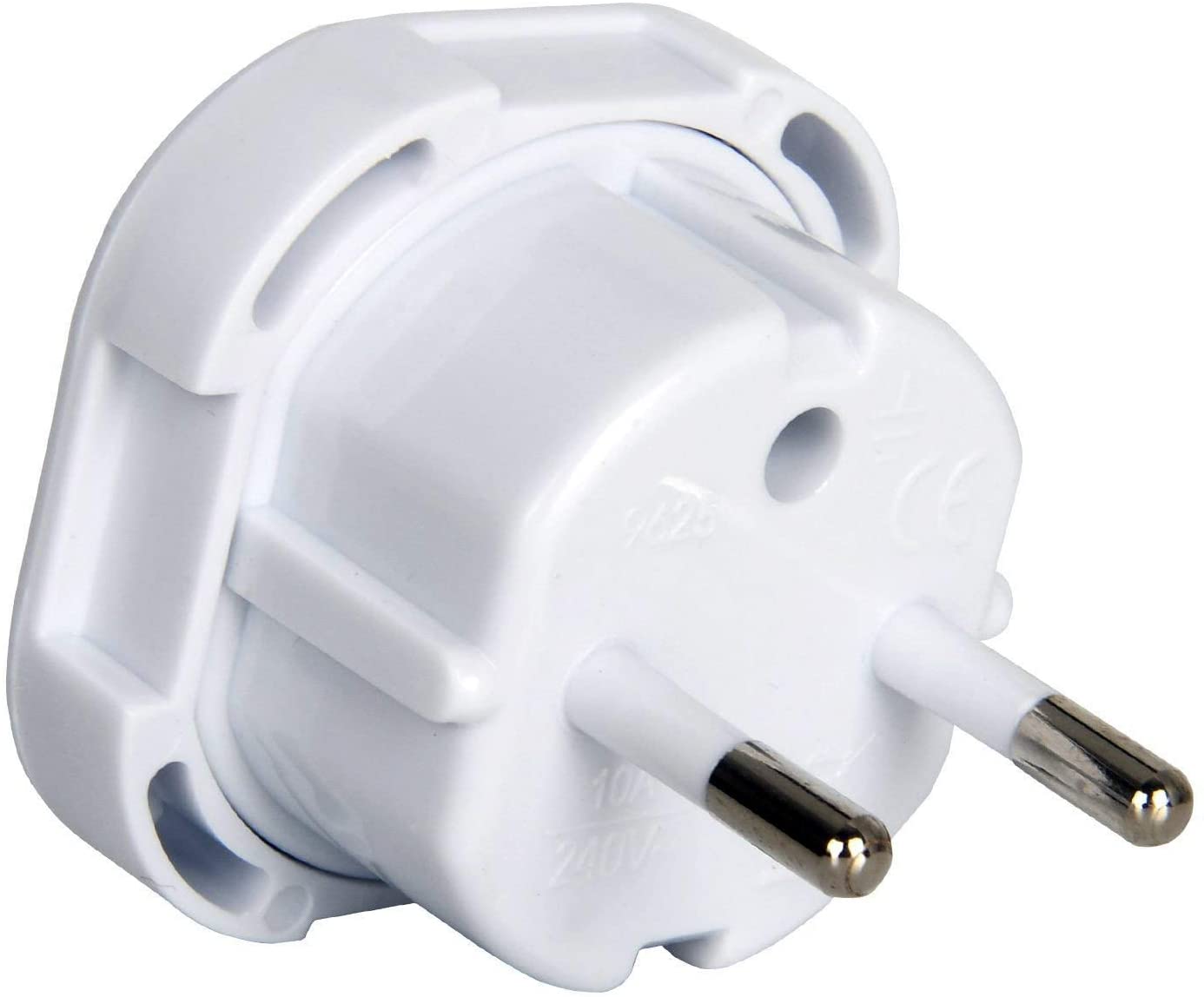
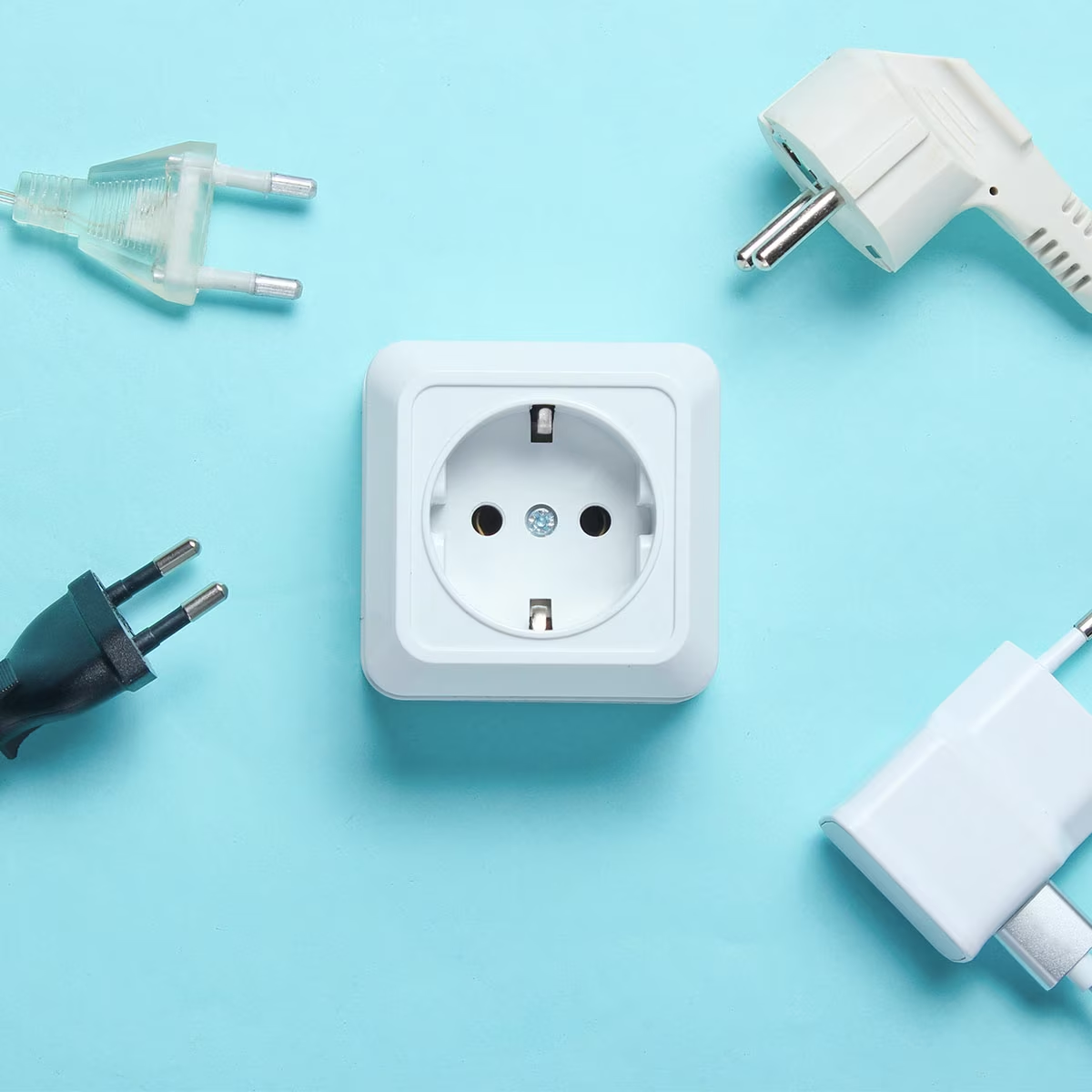
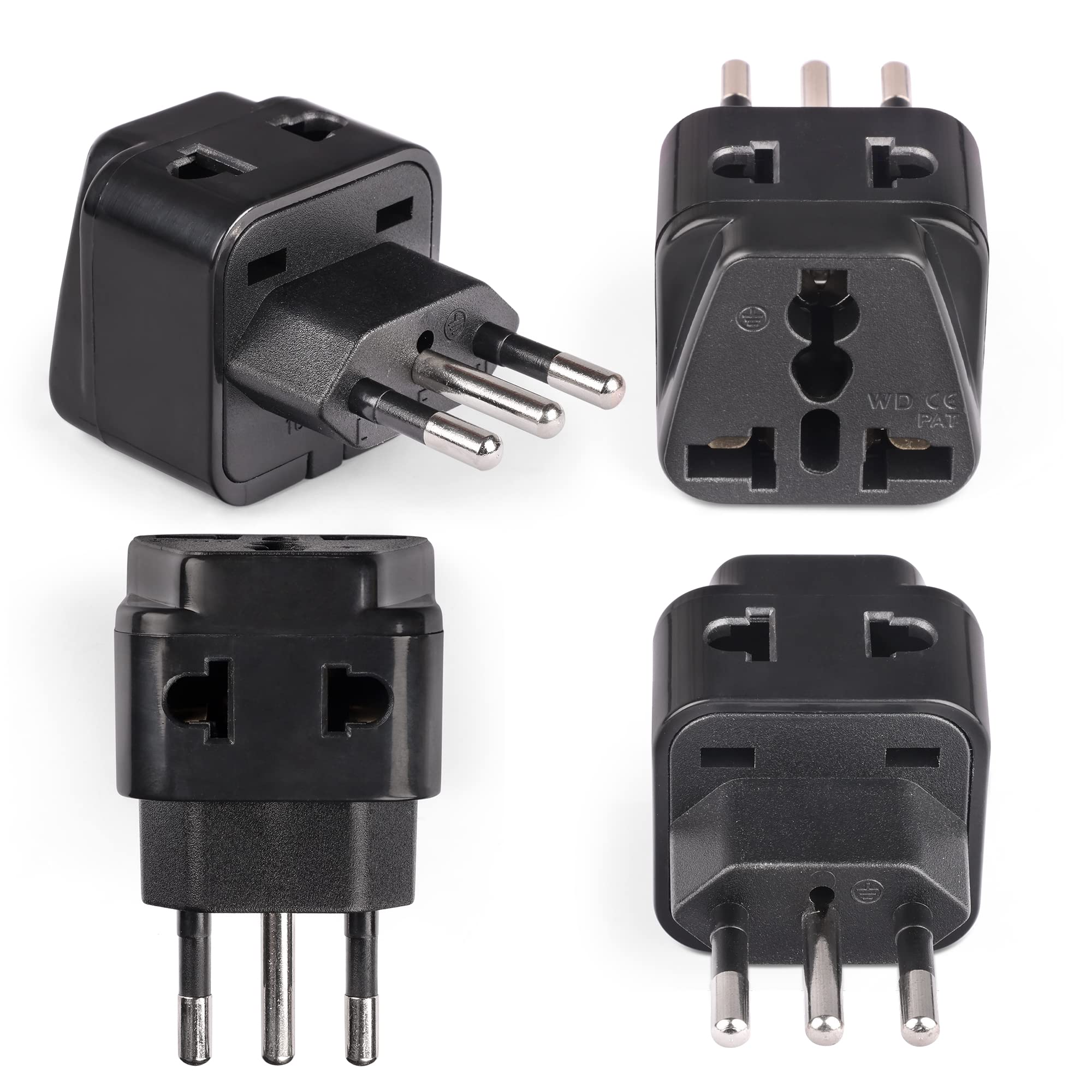
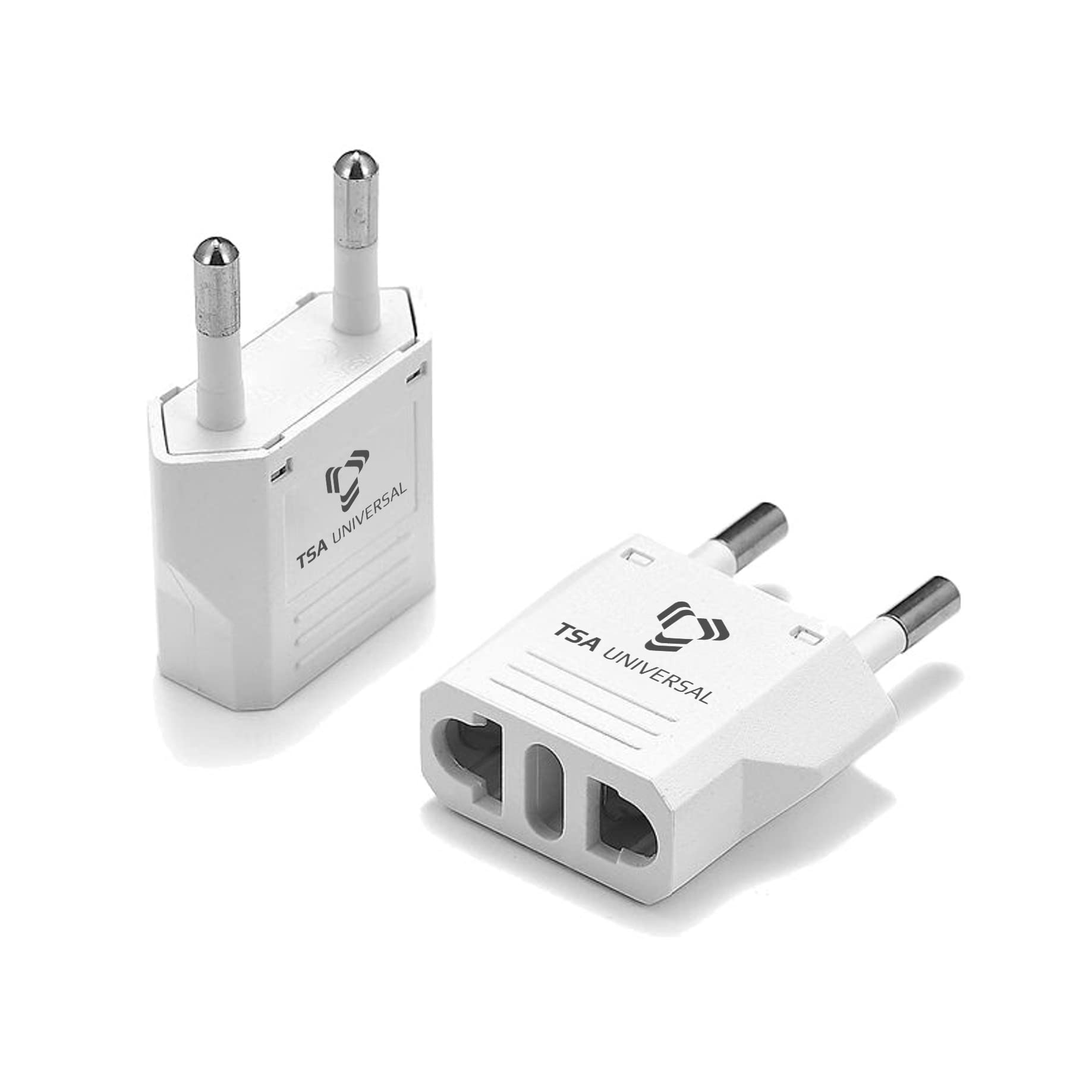
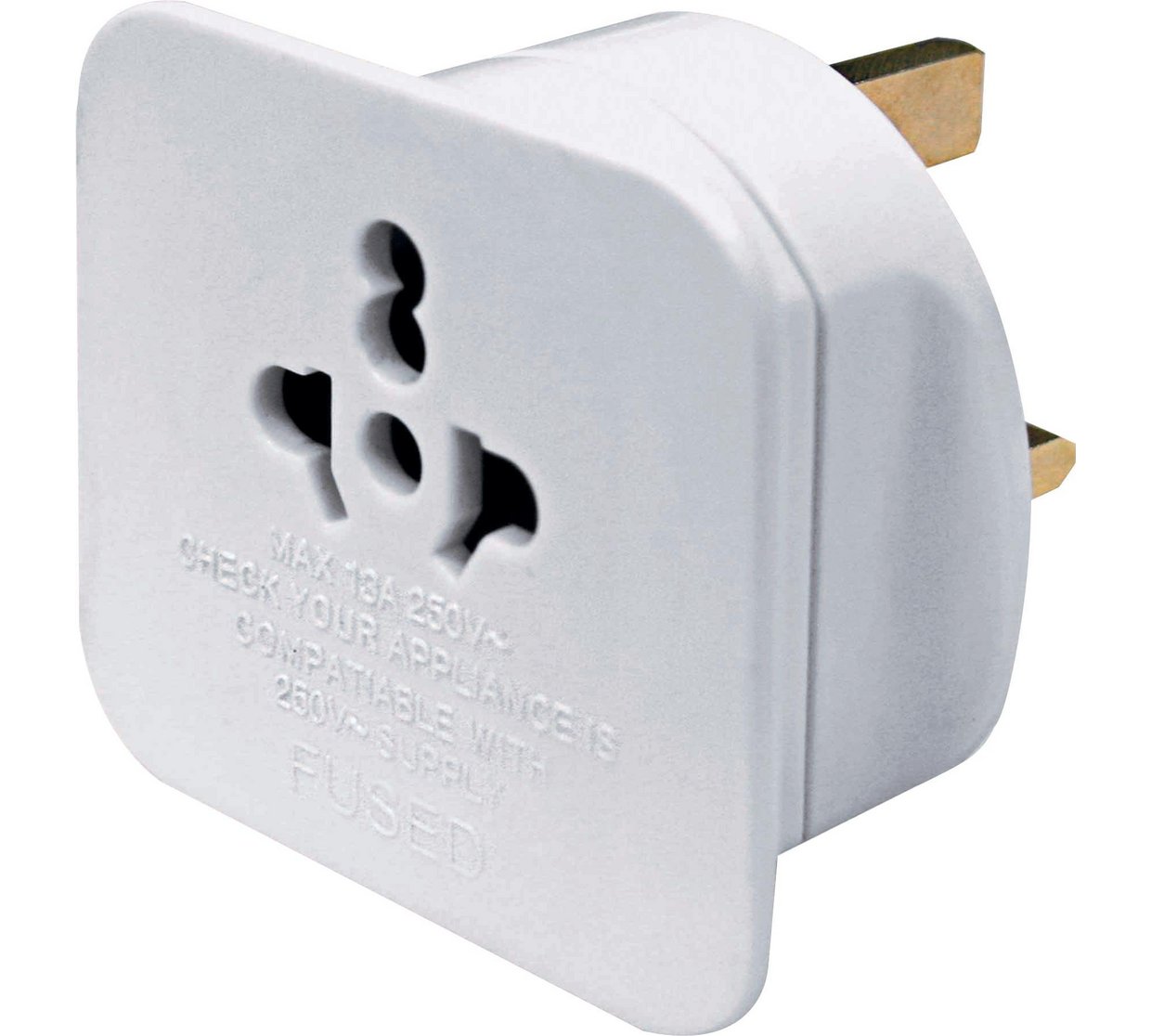
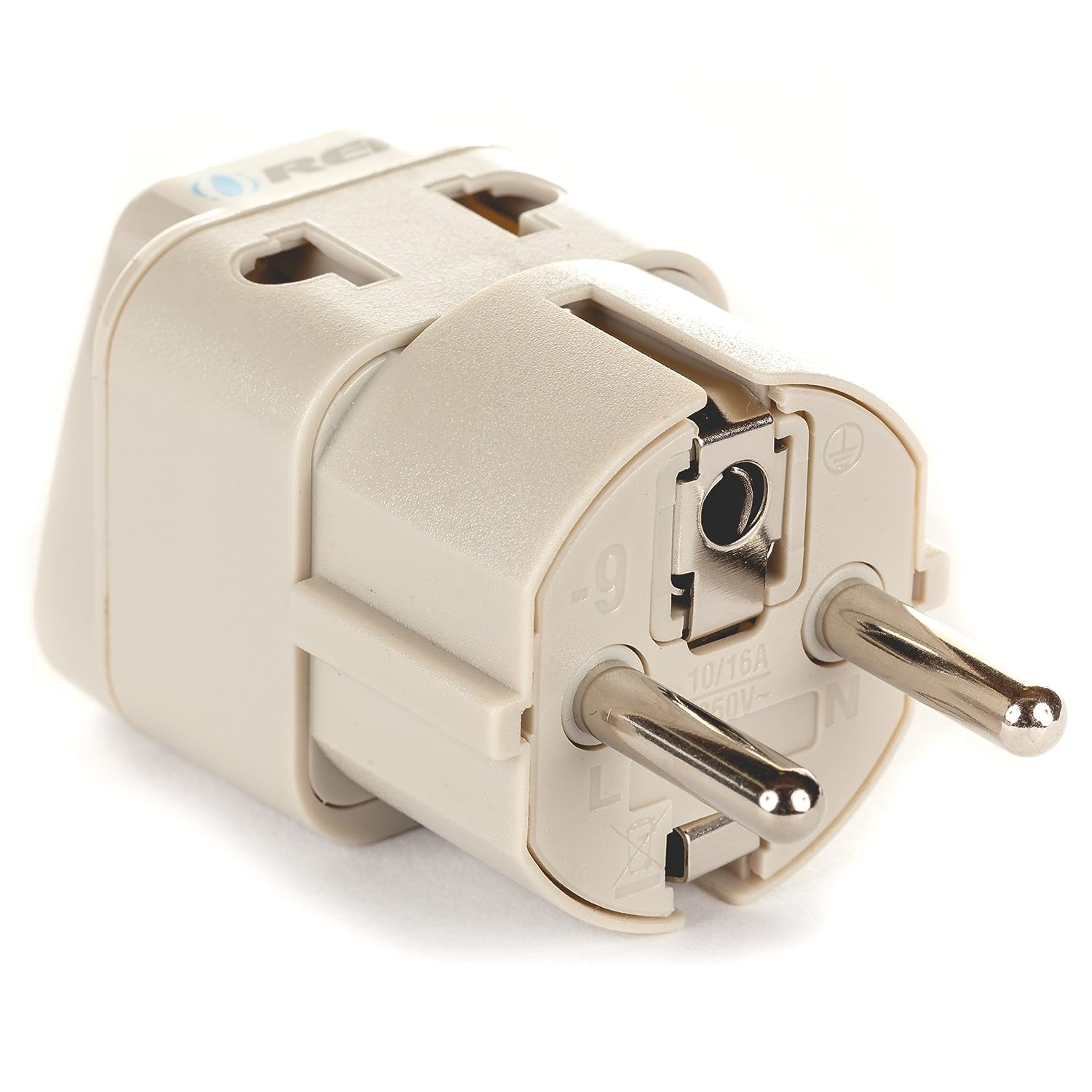
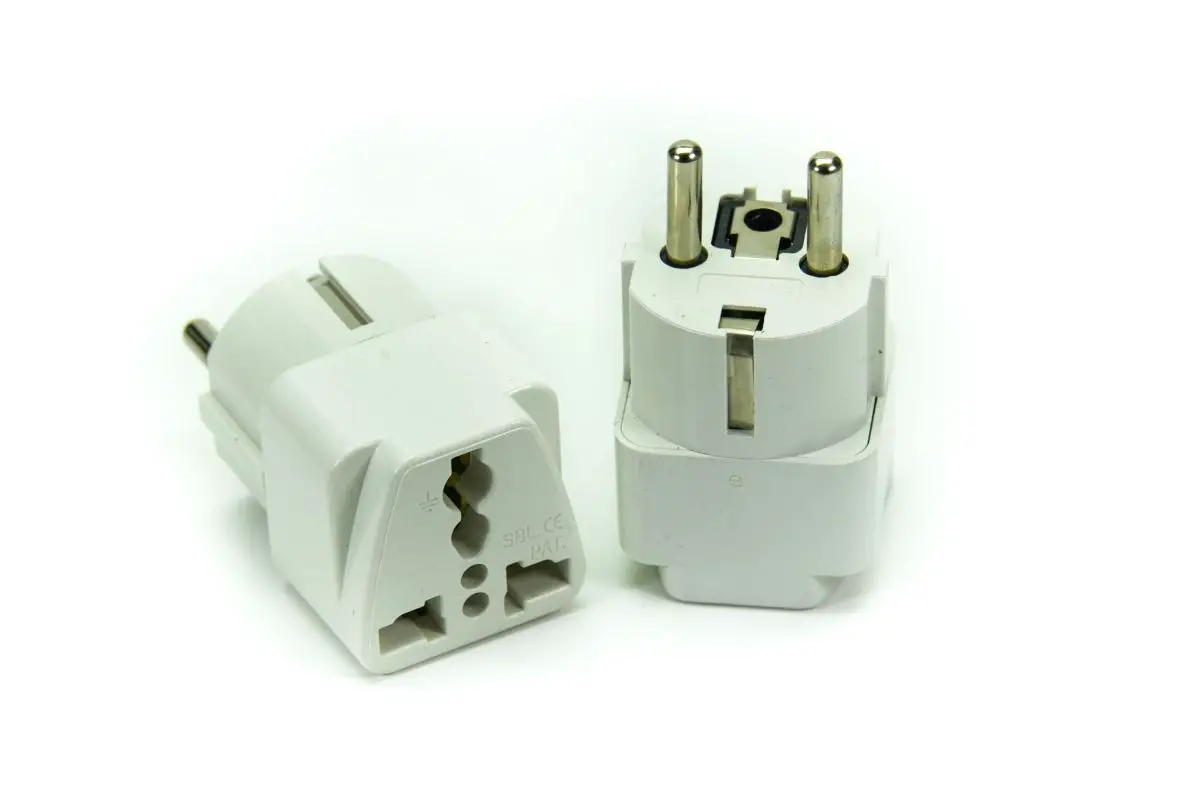
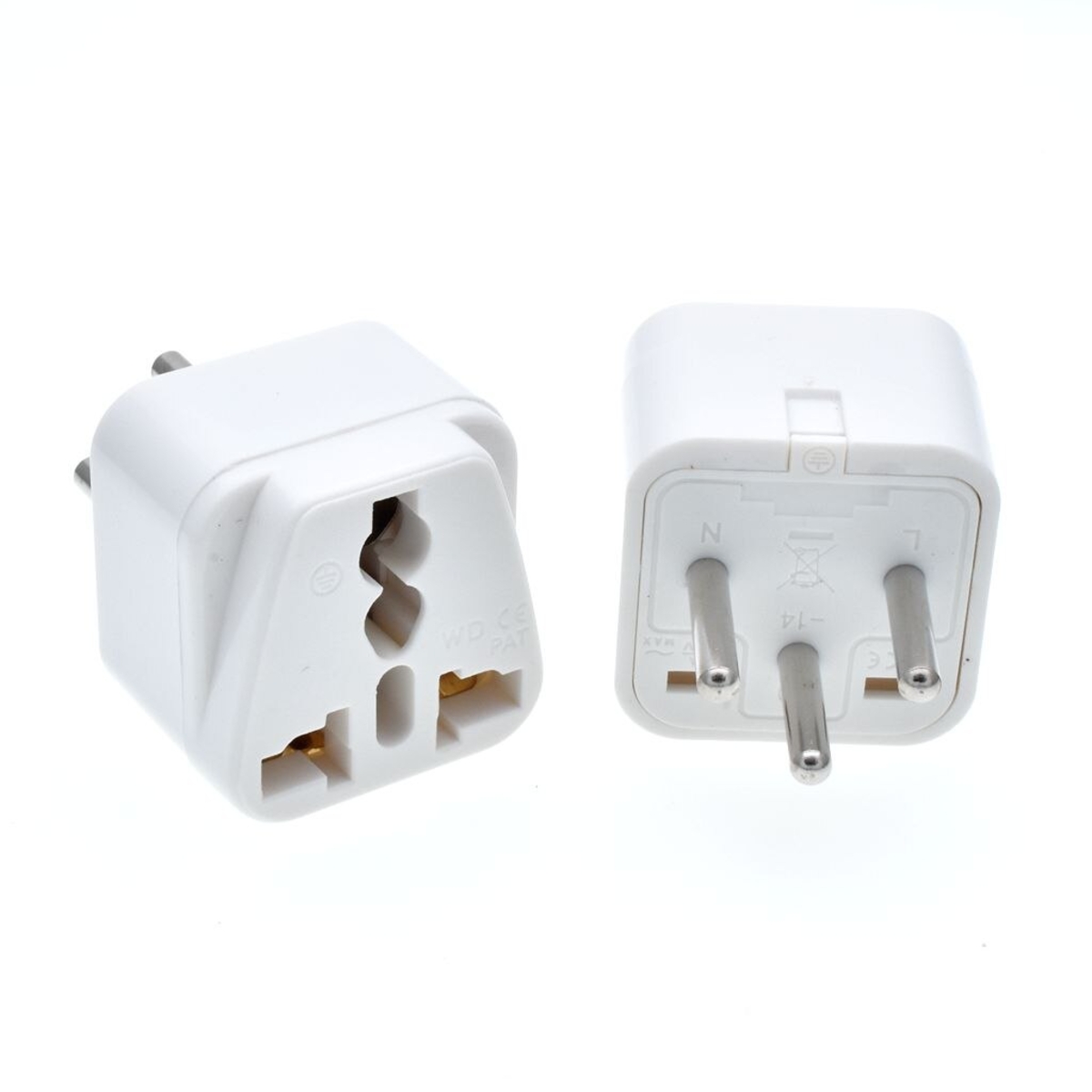
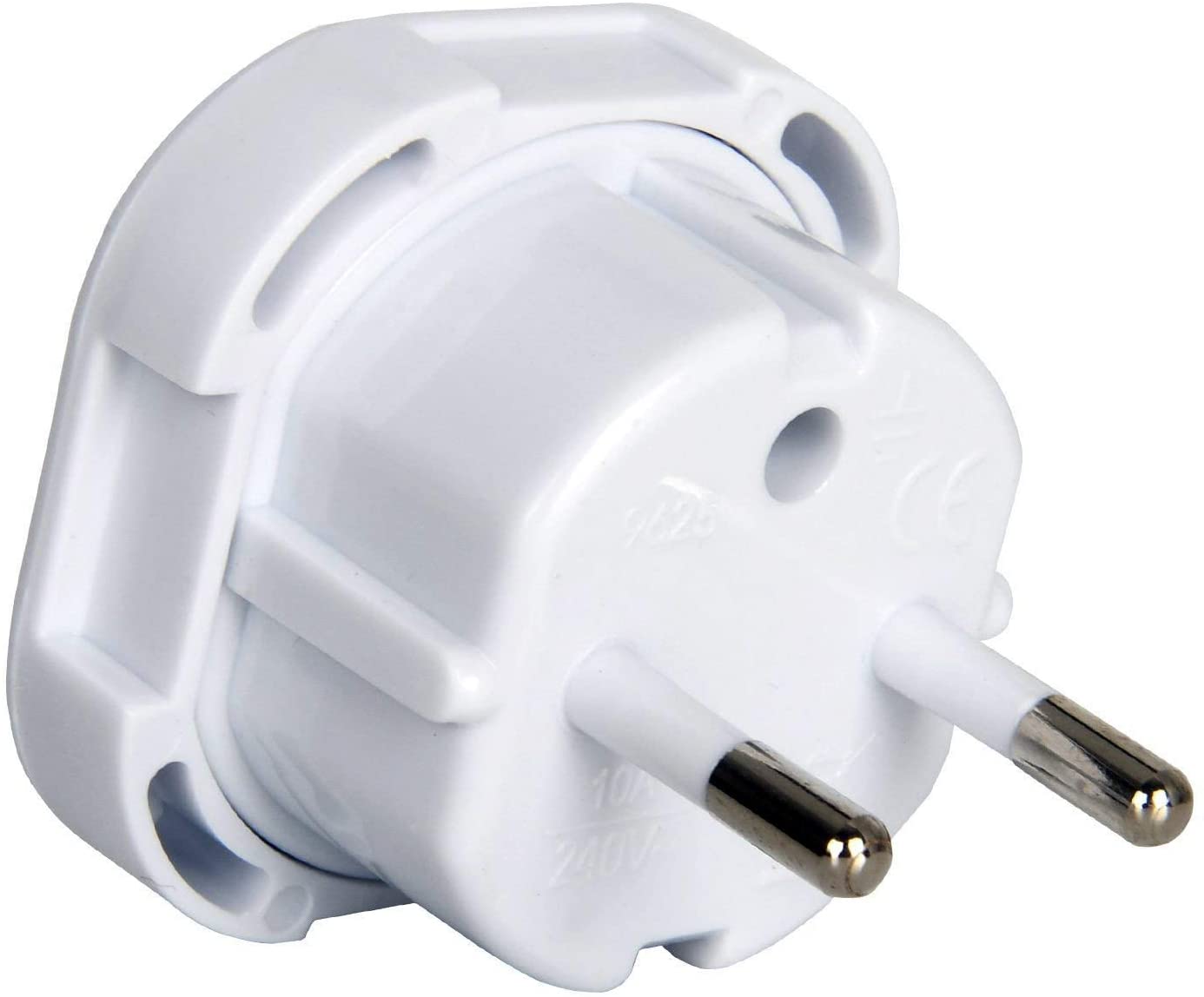
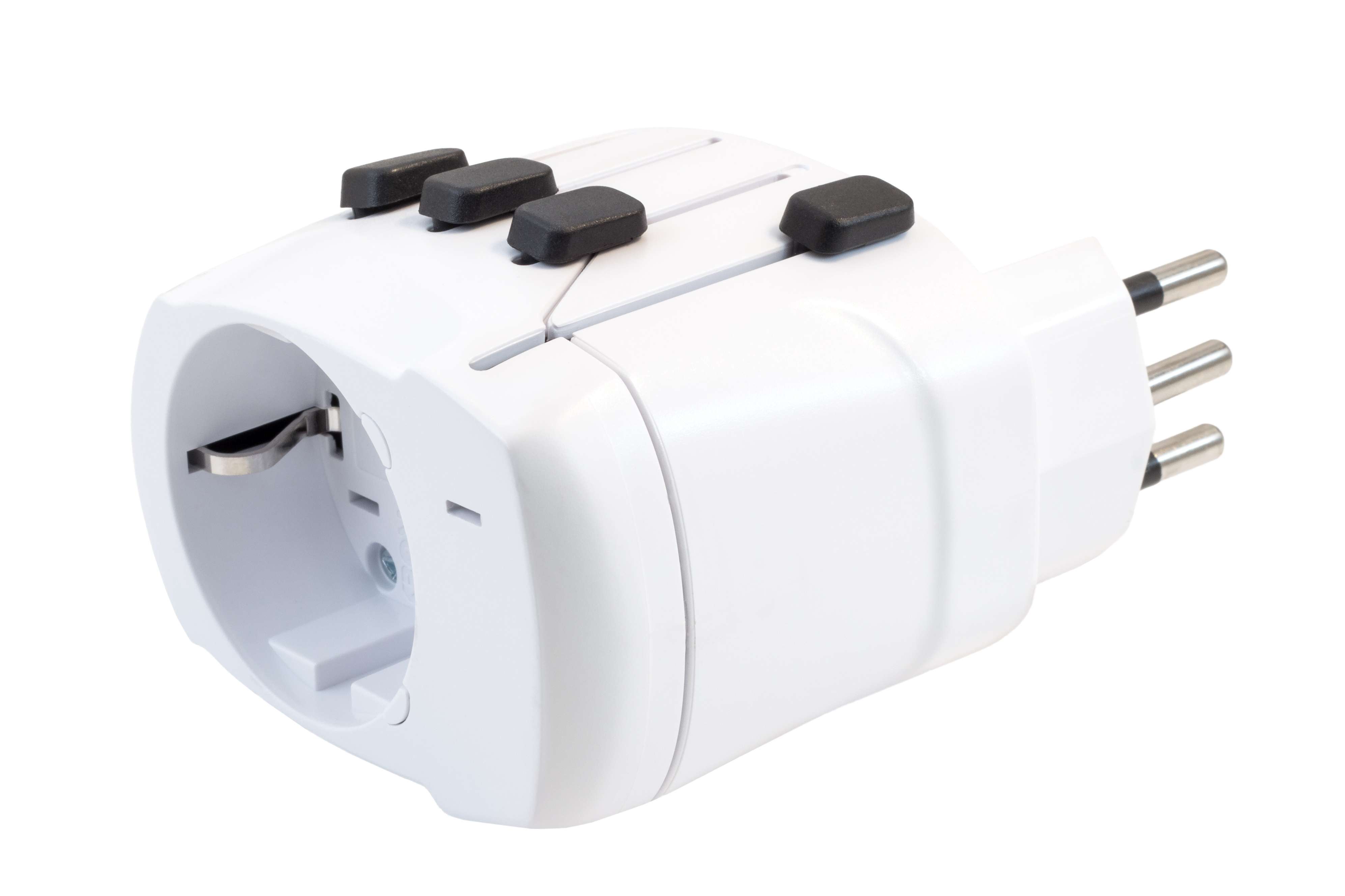
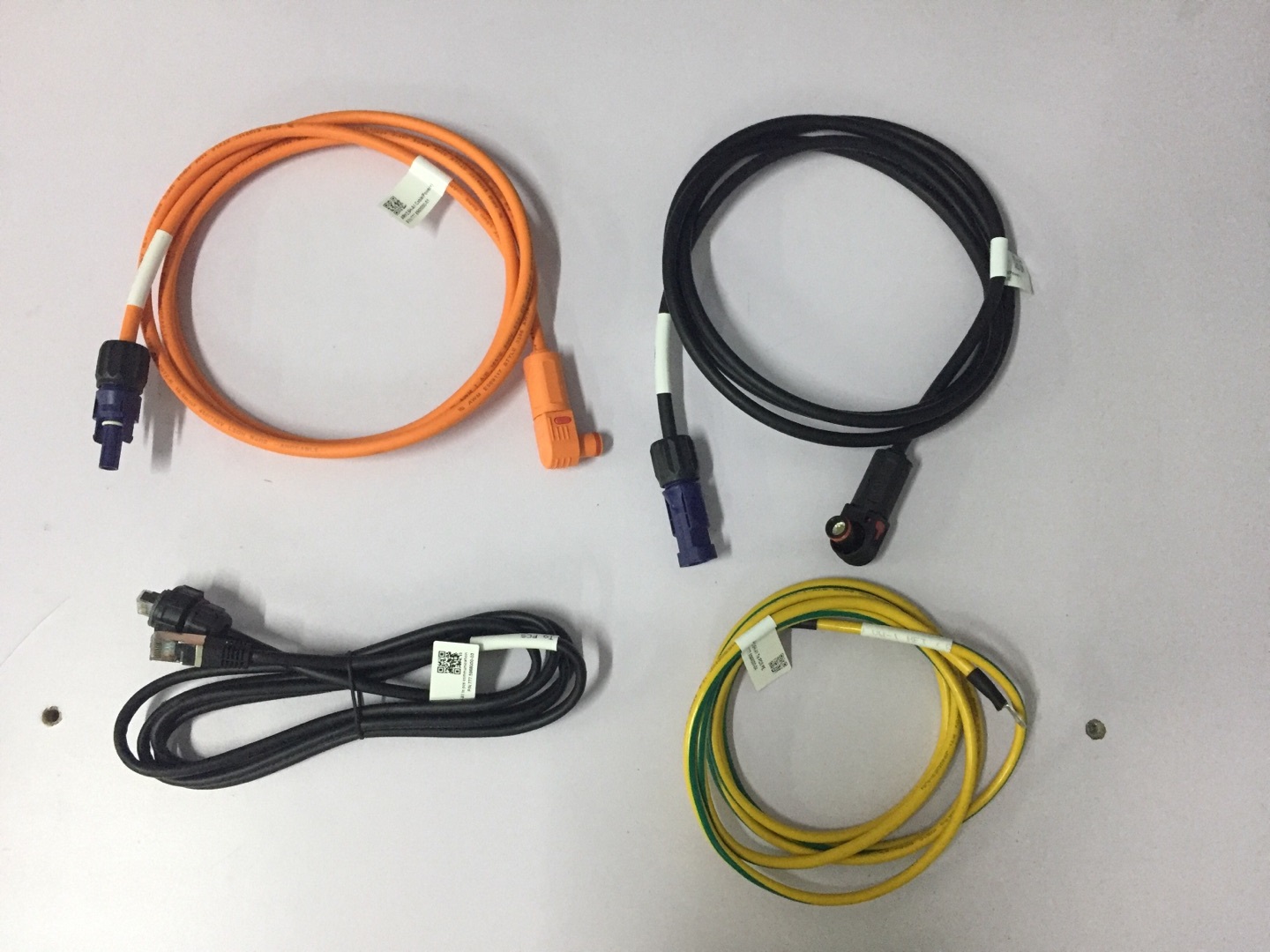
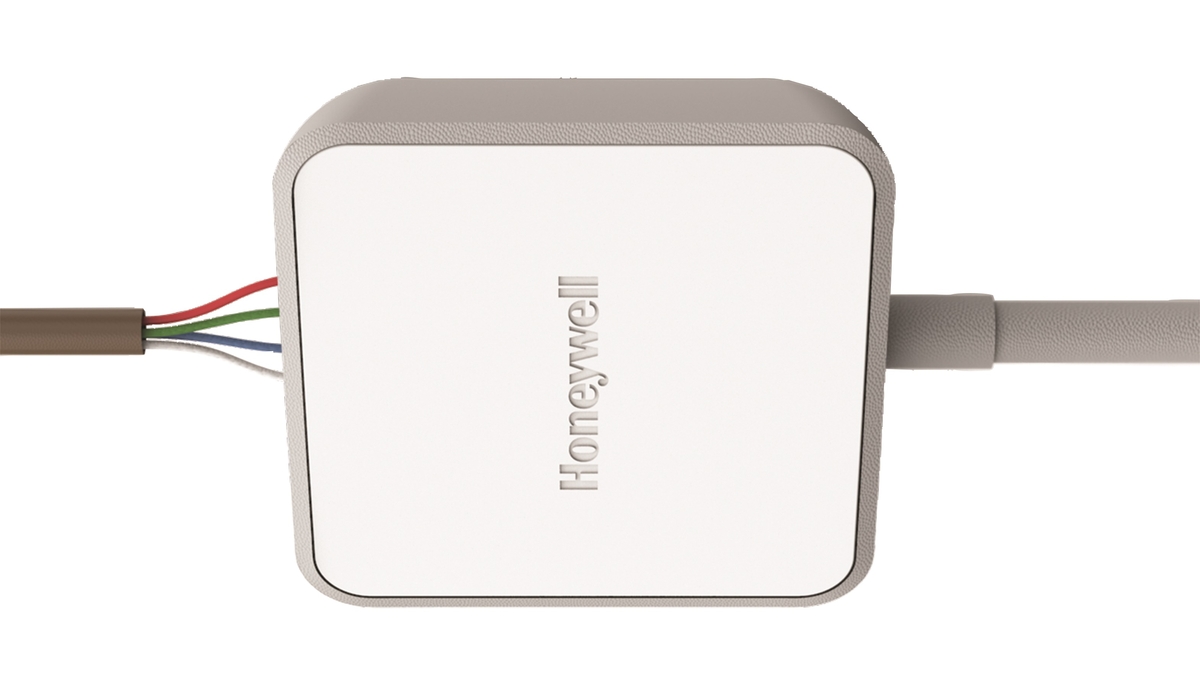
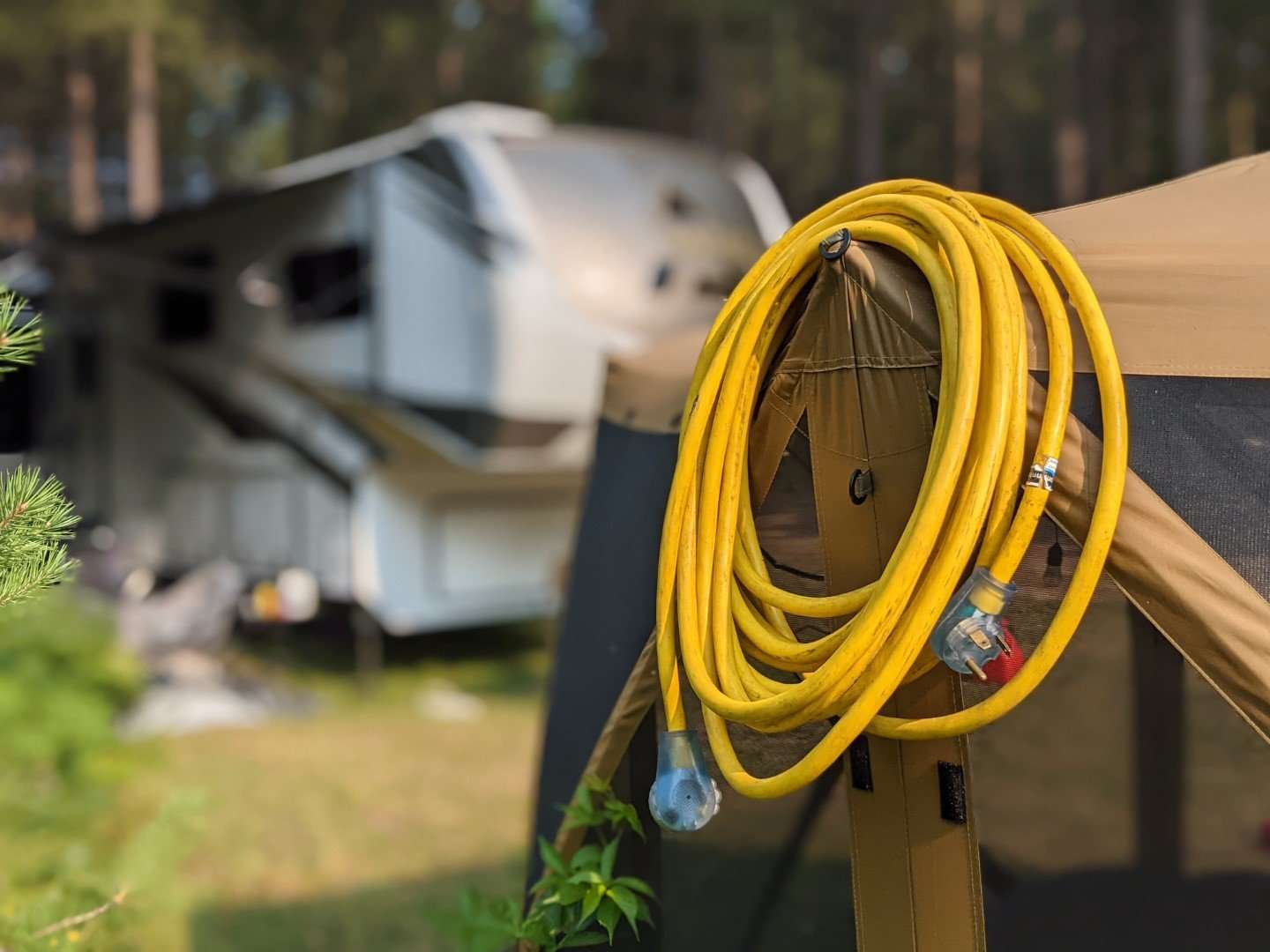

0 thoughts on “What Electrical Adapter Do I Need For Italy”